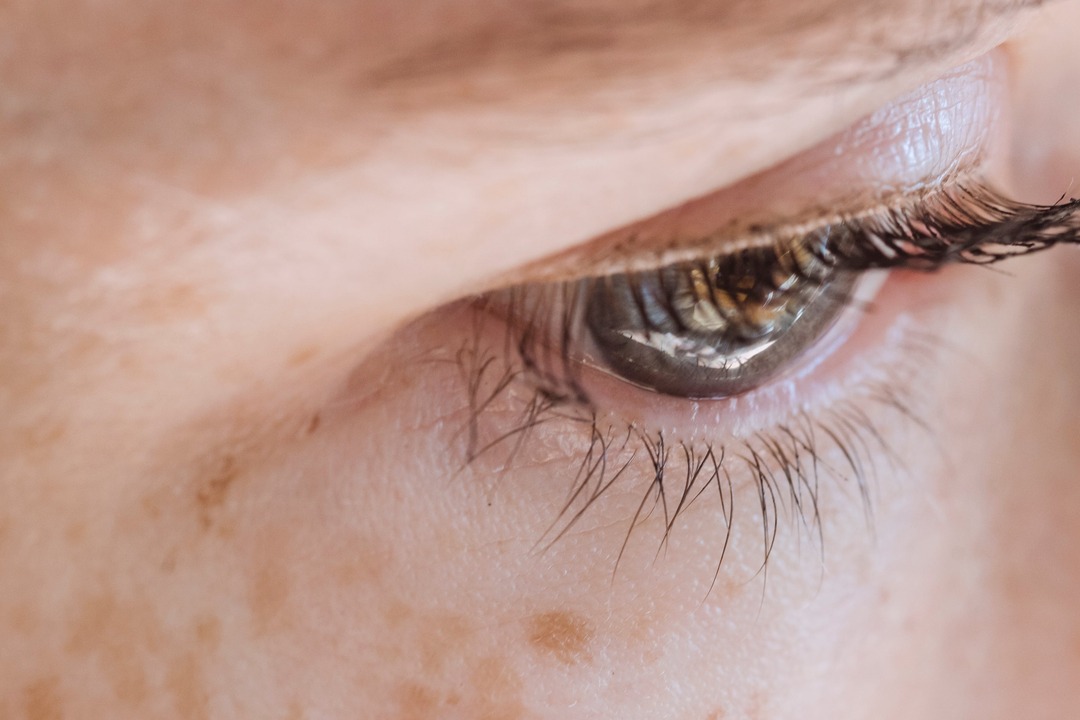
Skin Pigmentation: Causes and Treatment Strategies
Skin Pigmentation: Causes and Treatment Strategies
Skin pigmentation, the coloration of the skin resulting from the presence of pigments, is a complex and dynamic aspect of dermatology. While skin pigmentation is a normal and natural occurrence, irregularities or changes in pigmentation can be a source of concern for many individuals. This article aims to explore the causes of skin pigmentation and various treatment strategies, providing insights into understanding and managing pigmentation-related concerns.
I. Understanding Skin Pigmentation:
- Melanin and Its Role:
Melanin, the primary pigment responsible for skin color, is produced by melanocytes, specialized cells located in the epidermis.
There are two main types of melanin: eumelanin, responsible for brown and black hues, and pheomelanin, responsible for red and yellow hues.
- Factors Influencing Skin Color:
- Genetic factors play a crucial role in determining baseline skin color.
- Sun exposure stimulates melanin production, leading to tanning.
- Hormonal changes, such as those during pregnancy, can affect pigmentation, resulting in conditions like melasma.
II. Common Causes of Skin Pigmentation Irregularities:
- Hyperpigmentation:
Hyperpigmentation refers to the darkening of the skin and is often caused by increased melanin production.
Common causes include sun exposure, inflammation, and hormonal changes.
- Hypopigmentation:
Hypopigmentation is characterized by lighter skin areas due to decreased melanin production or loss of melanocytes.
Conditions like vitiligo and certain fungal infections can cause hypopigmentation.
- Post-Inflammatory Hyperpigmentation (PIH):
PIH occurs after inflammation or injury to the skin, such as acne or wounds.
Dark spots or patches result from increased melanin production during the healing process.
- Melasma:
Melasma is a common condition characterized by brown or gray-brown patches, often on the face.
Hormonal changes, sun exposure, and genetics contribute to melasma.
- Age Spots:
Also known as liver spots or sunspots, age spots result from cumulative sun exposure over the years. Age spots primarily result from the cumulative effects of ultraviolet (UV) radiation on the skin over time. The UV rays stimulate the production of melanin, the pigment responsible for skin color, leading to localized areas of increased pigmentation. While age spots are commonly associated with aging, they can also develop in younger individuals with significant sun exposure.
- Other contributing factors include:
Genetics: Some individuals may be genetically predisposed to developing age spots.
Skin Type: Lighter skin tones are more susceptible to the effects of UV radiation, increasing the likelihood of age spot formation.
Geographic Location: Living in regions with intense sunlight can elevate the risk of developing age spots.
III. Treatment Strategies for Skin Pigmentation:
Treating skin pigmentation involves a combination of approaches tailored to individual needs and concerns. From topical treatments that can be easily incorporated into daily skincare routines to more advanced procedures requiring professional supervision, there are diverse options available. It's crucial to consult with a dermatologist to determine the most suitable treatment plan based on the specific type of pigmentation and skin type. Achieving a clear and radiant complexion often involves a multifaceted approach, emphasizing consistency, sun protection, and personalized care to address pigmentation irregularities effectively.
1. Topical Treatments:
Hydroquinone: This depigmenting agent is a common ingredient in many lightening creams. It works by inhibiting melanin production and is particularly effective for conditions like melasma and post-inflammatory hyperpigmentation (PIH). However, prolonged use should be monitored by a dermatologist due to potential side effects.
Retinoids: Derived from vitamin A, retinoids promote cell turnover, helping to fade hyperpigmentation over time. They are commonly used to treat conditions such as age spots and PIH. It's essential to start with a lower concentration and gradually increase to minimize irritation. You can choose Beauty Formulas Retinol Cleanser 150ml
Vitamin C: A powerful antioxidant, vitamin C helps brighten the skin and fade dark spots. It is particularly effective when used in conjunction with other depigmenting agents. You can choose Hanskin Vitamin C Glow Powder Cleanser 70g
Niacinamide: Also known as vitamin B3, niacinamide can help lighten dark spots and even out skin tone. It is well-tolerated and suitable for individuals with sensitive skin.
2. Chemical Peels:
Chemical peels involve the application of a chemical solution to the skin, causing controlled exfoliation. This helps remove the outer layer of skin, addressing hyperpigmentation and promoting skin renewal. Different types of chemical peels, such as glycolic acid or salicylic acid peels, are available, and the choice depends on the specific pigmentation concern. You can choose Neostrata Enlighten Ultra Brightening Cleanser 100ml
3. Laser Therapy:
Laser treatments target melanin in the skin, breaking down excess pigment and promoting an even skin tone. Intense Pulsed Light (IPL) is effective for sunspots and freckles, while Q-switched lasers are used for conditions like melasma and PIH. Laser therapy requires careful consideration and should be performed by trained professionals to avoid complications.
4. Microdermabrasion:
Microdermabrasion is a non-invasive procedure that involves exfoliating the skin with fine crystals or a diamond-tipped wand. It helps improve the appearance of hyperpigmentation by removing the outer layer of skin, promoting cell turnover, and stimulating collagen production.
5. Microneedling:
Microneedling, or collagen induction therapy, involves creating tiny punctures in the skin using a device with fine needles. This process stimulates collagen production and aids in the reduction of hyperpigmentation, including acne scars and age spots.
6. Topical Corticosteroids:
Prescribed for certain types of hyperpigmentation, topical corticosteroids can reduce inflammation and lighten dark spots. However, their use should be carefully monitored due to potential side effects with prolonged use.
7. Cosmeceuticals and Botanical Extracts:
Certain cosmeceutical products containing botanical extracts, such as licorice root, arbutin, and kojic acid, have demonstrated efficacy in lightening dark spots. These ingredients work by inhibiting melanin production and promoting an even skin tone.
IV. Prevention and Maintenance:
- Sun Protection:
Sunscreen with a high SPF is crucial to prevent further pigmentation issues and protect the skin from harmful UV rays.
- Skin-Care Regimen:
Establishing a consistent skincare routine with products containing antioxidants, retinoids, and gentle exfoliants can help maintain even skin tone.
- Hormonal Management:
For conditions like melasma, hormonal management under the guidance of a healthcare professional may be necessary.
- Healthy Lifestyle Habits:
Adequate hydration, a balanced diet, and stress management contribute to overall skin health.
Regular physical activity not only enhances circulation, delivering oxygen and nutrients to the skin cells, but it also promotes overall health, reducing stress levels that can contribute to skin issues. Sufficient sleep is another vital component, as the body undergoes repair and regeneration during rest, reflecting positively on the skin.
Additionally, stress management through practices like meditation or yoga can mitigate the impact of stress hormones on the skin, helping to prevent or alleviate conditions like acne or inflammation. Healthy lifestyle habits synergize with skincare efforts, creating a holistic approach that fosters long-term skin health and radiance.
So, we find Skin pigmentation is a multifaceted aspect of dermatology influenced by genetics, environmental factors, and various skin conditions. Understanding the causes of pigmentation irregularities is crucial for implementing effective treatment strategies. From topical treatments to advanced procedures like laser therapy, individuals have a range of options to address pigmentation concerns. Prevention, through sun protection and a comprehensive skincare regimen, is equally important for maintaining healthy and even-toned skin. Ultimately, consulting with a dermatologist is key to developing a personalized treatment plan that addresses specific pigmentation issues and promotes long-term skin health.
 العربية
العربية





